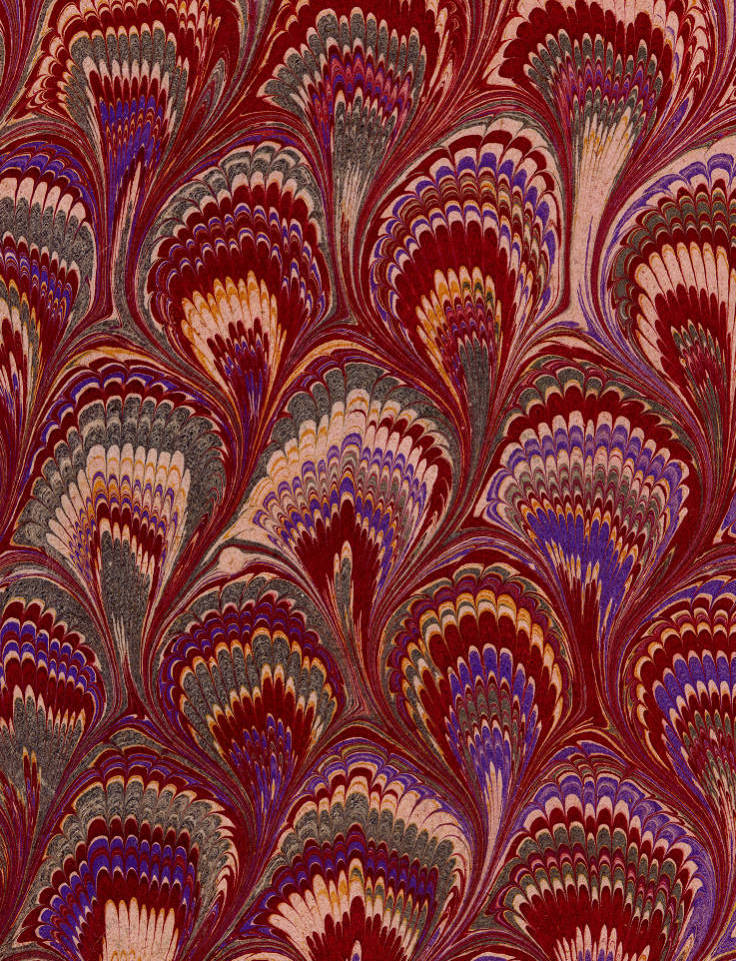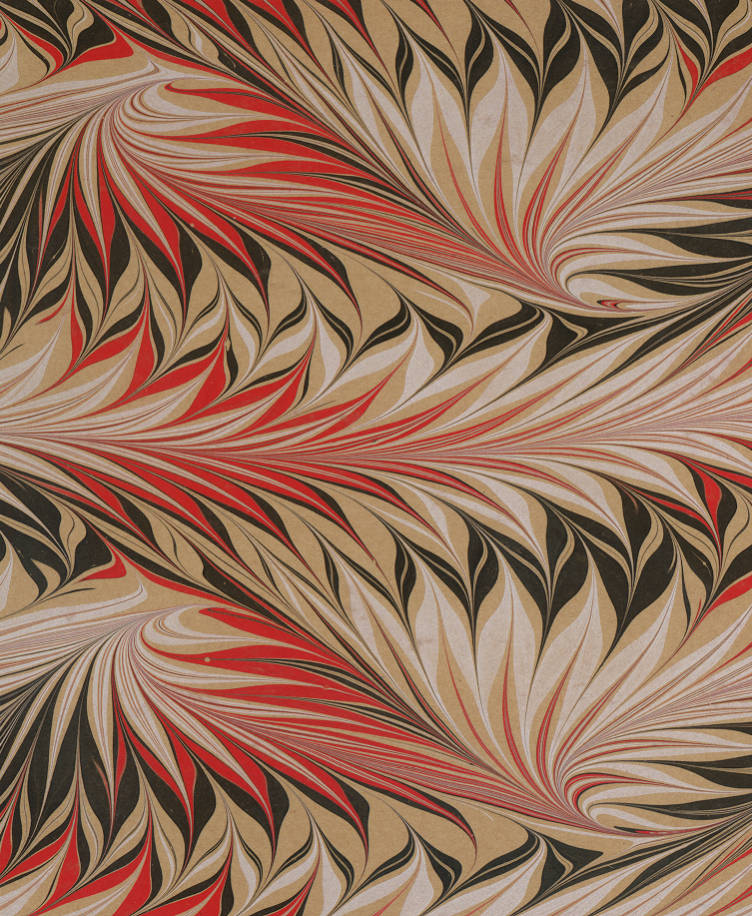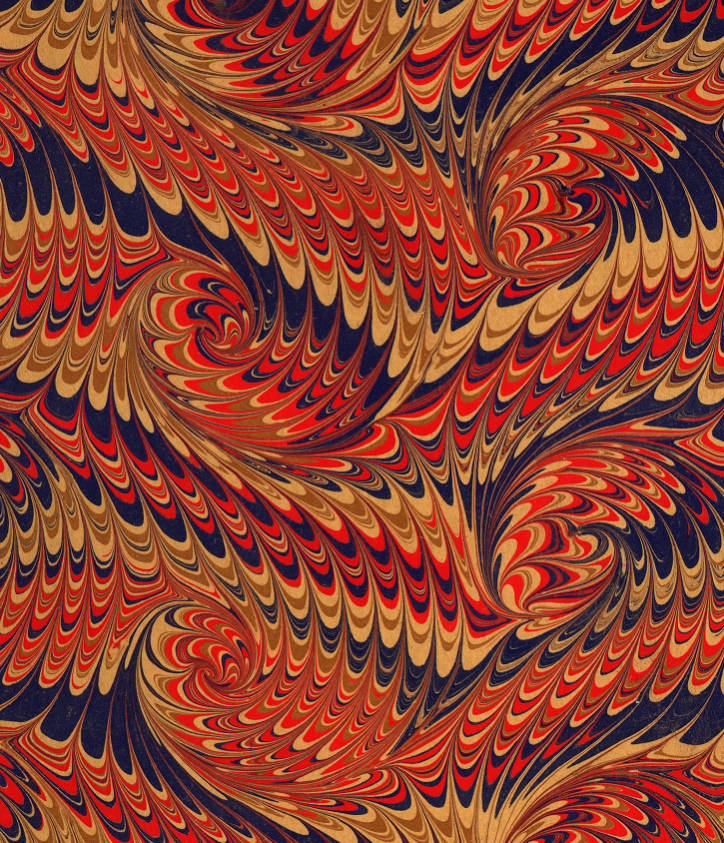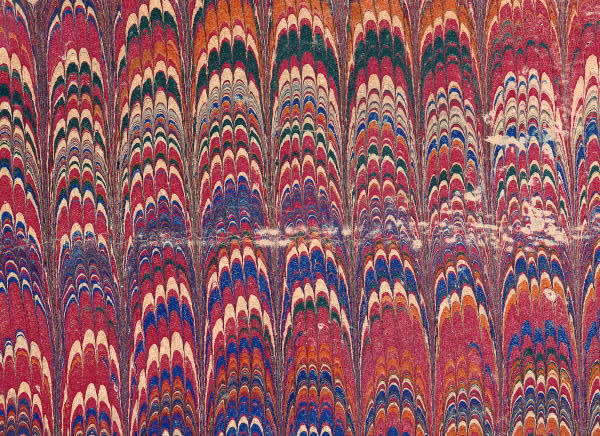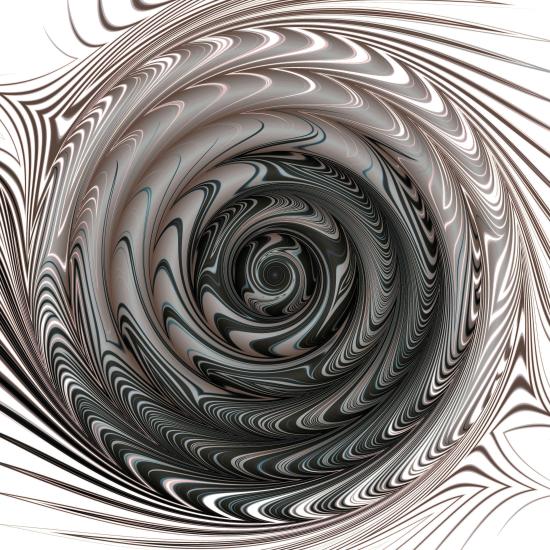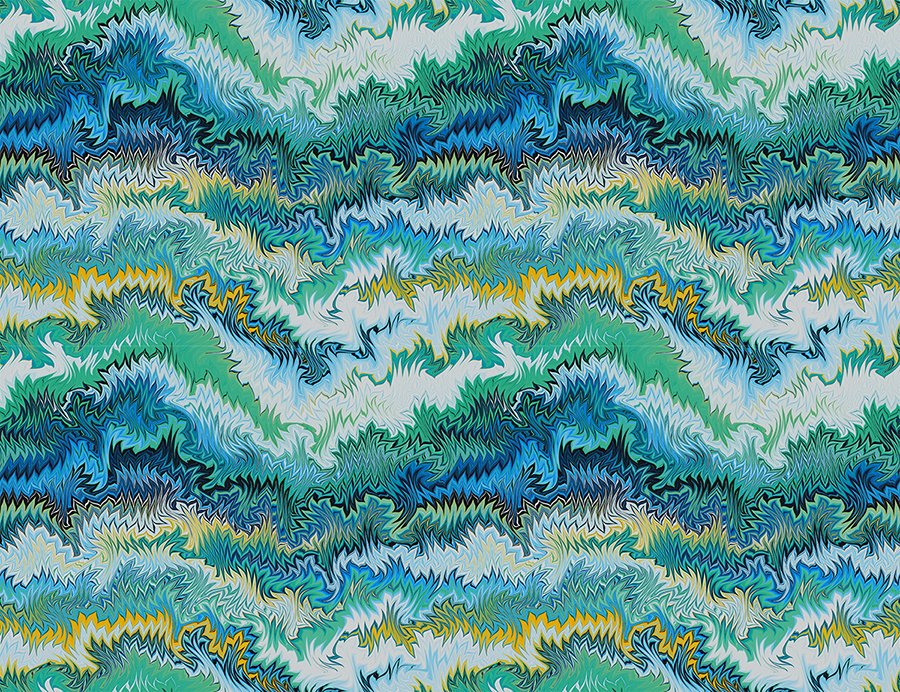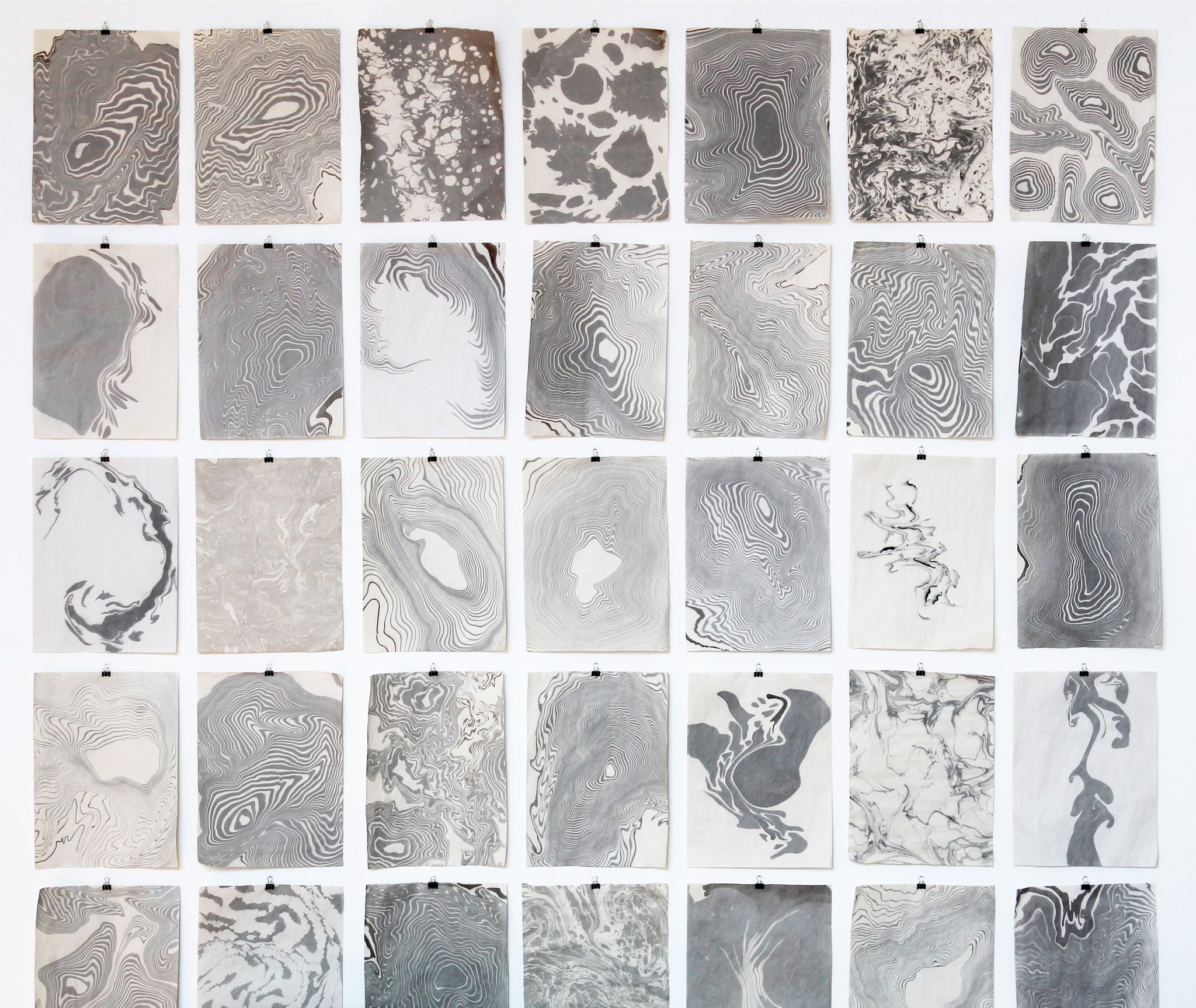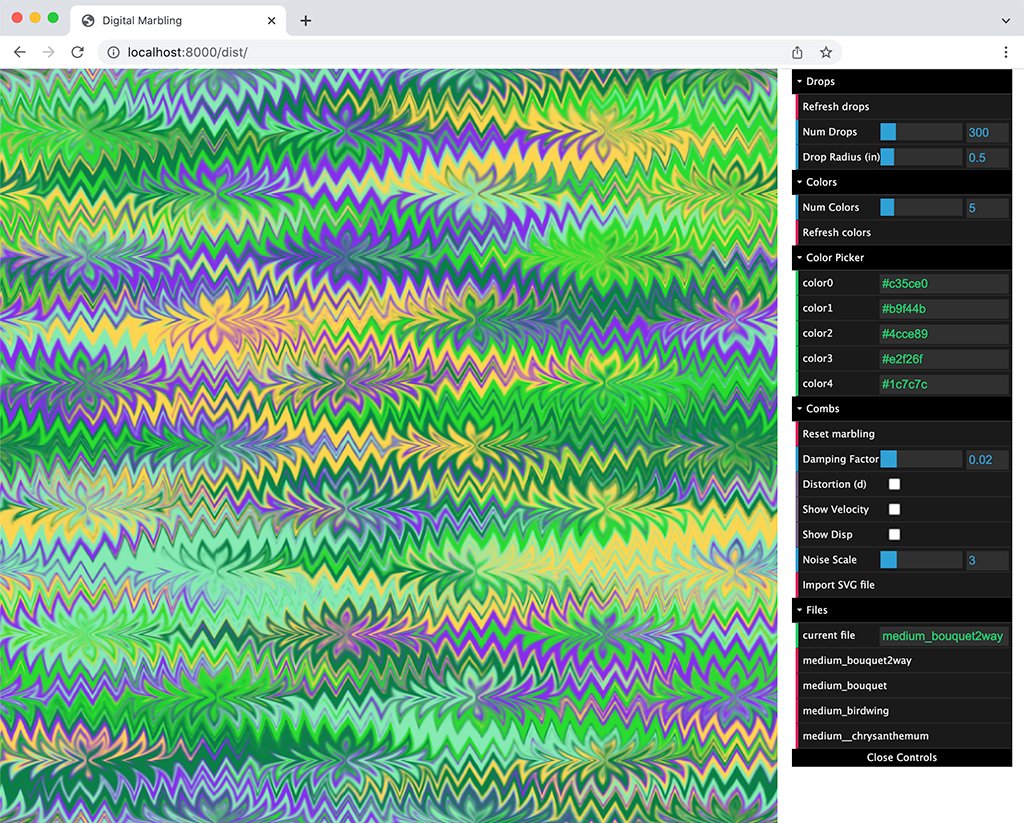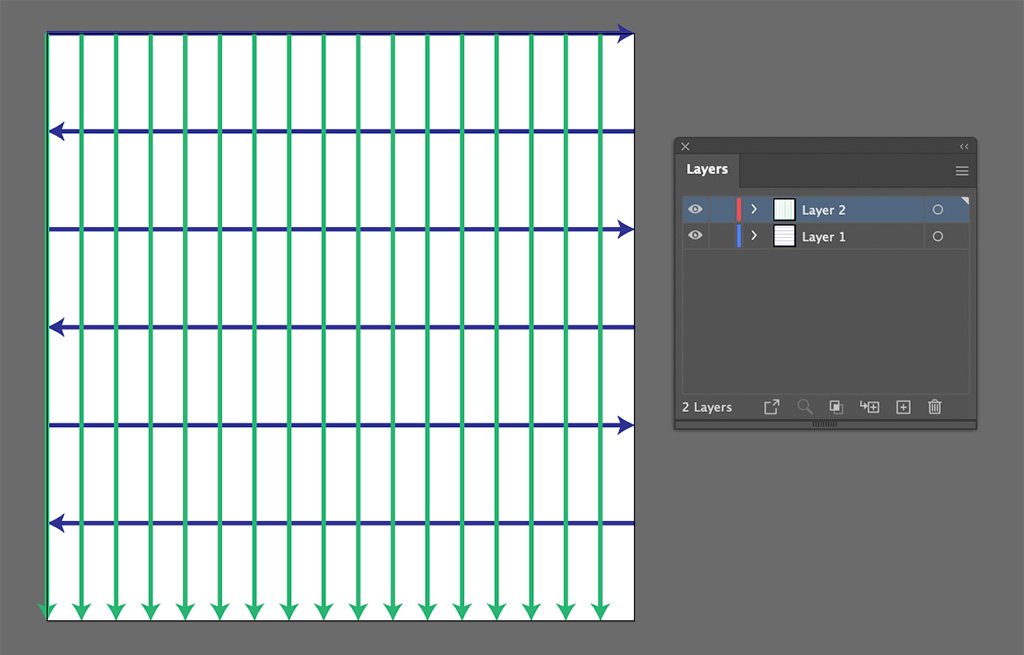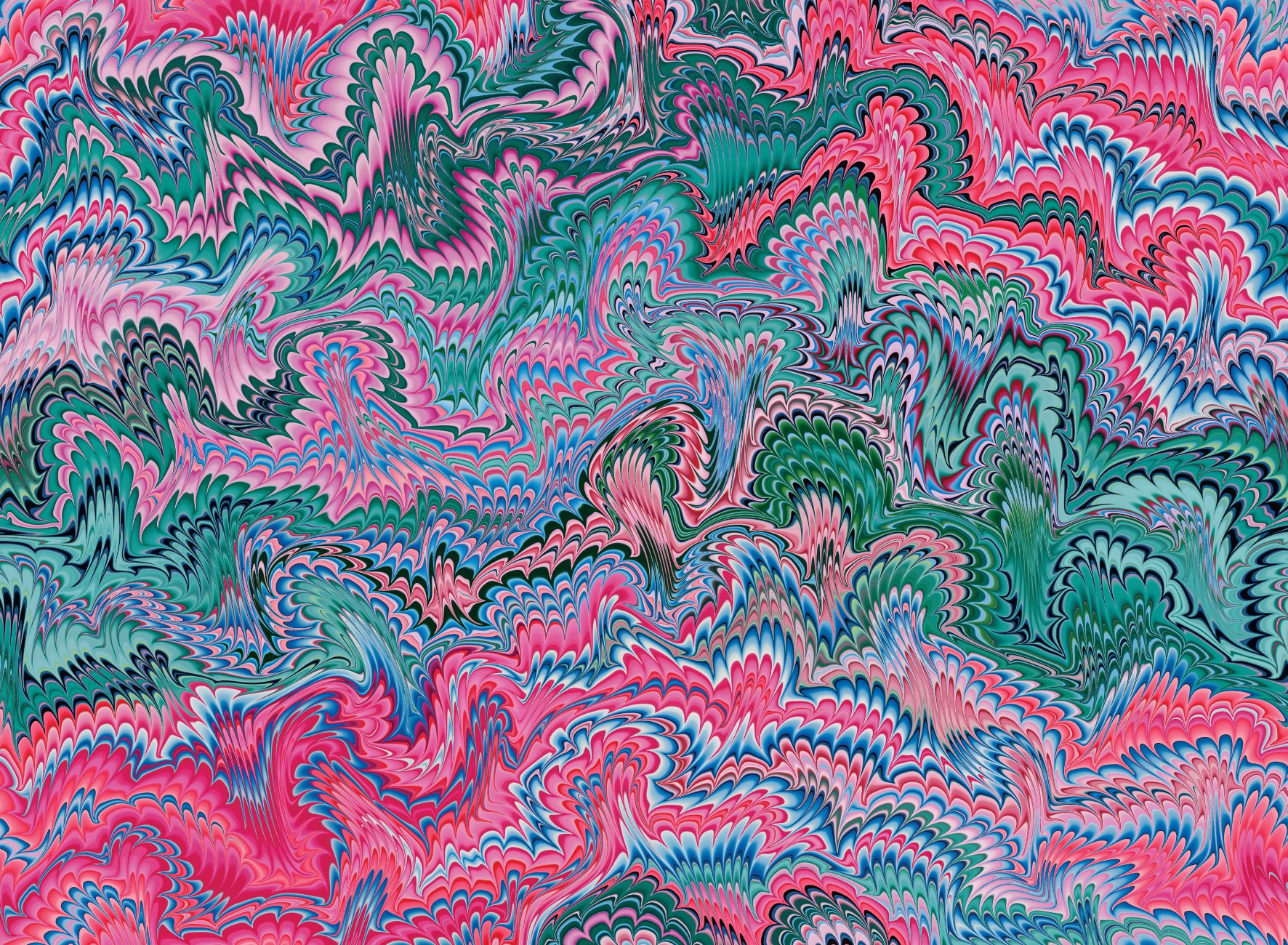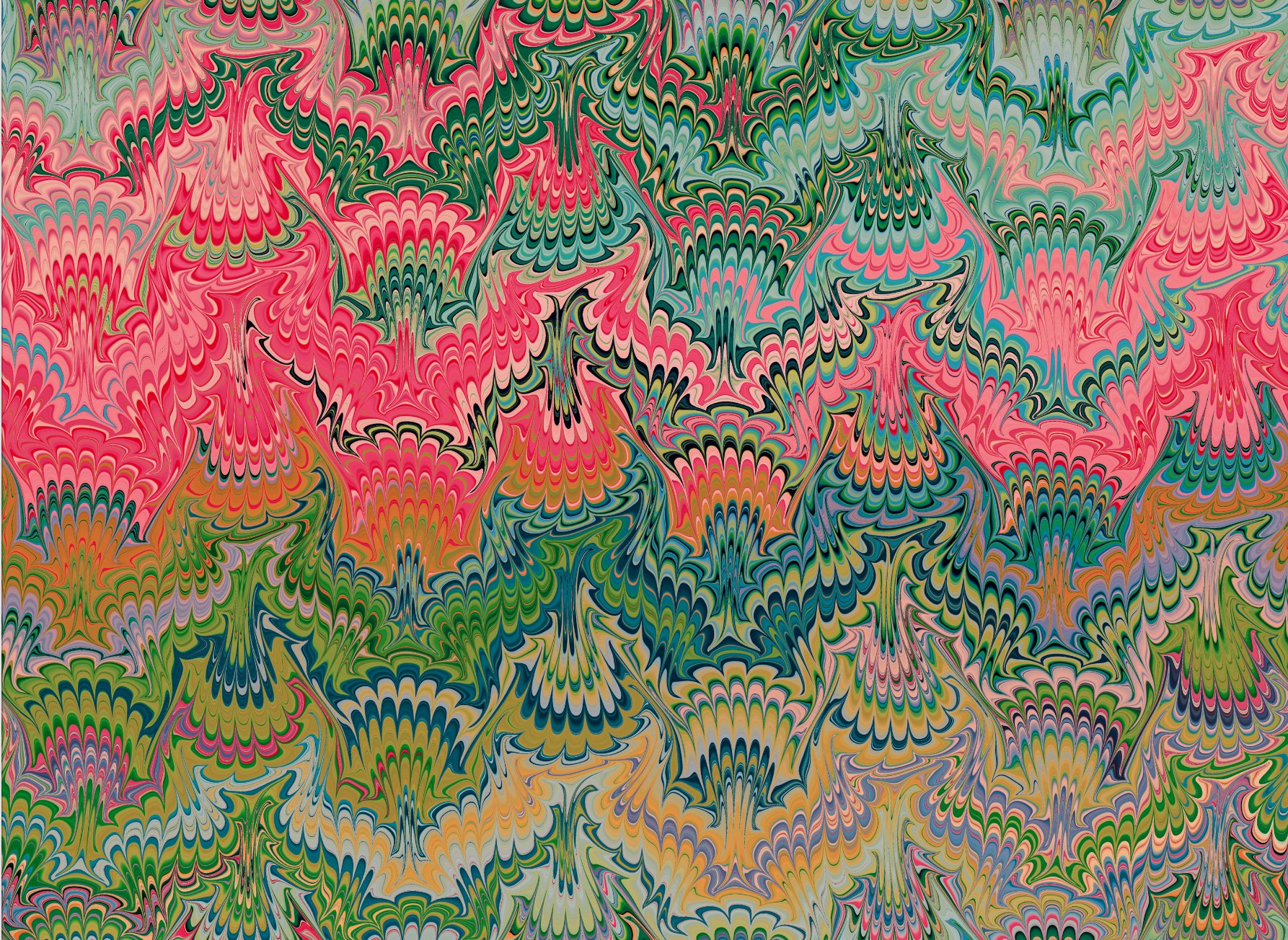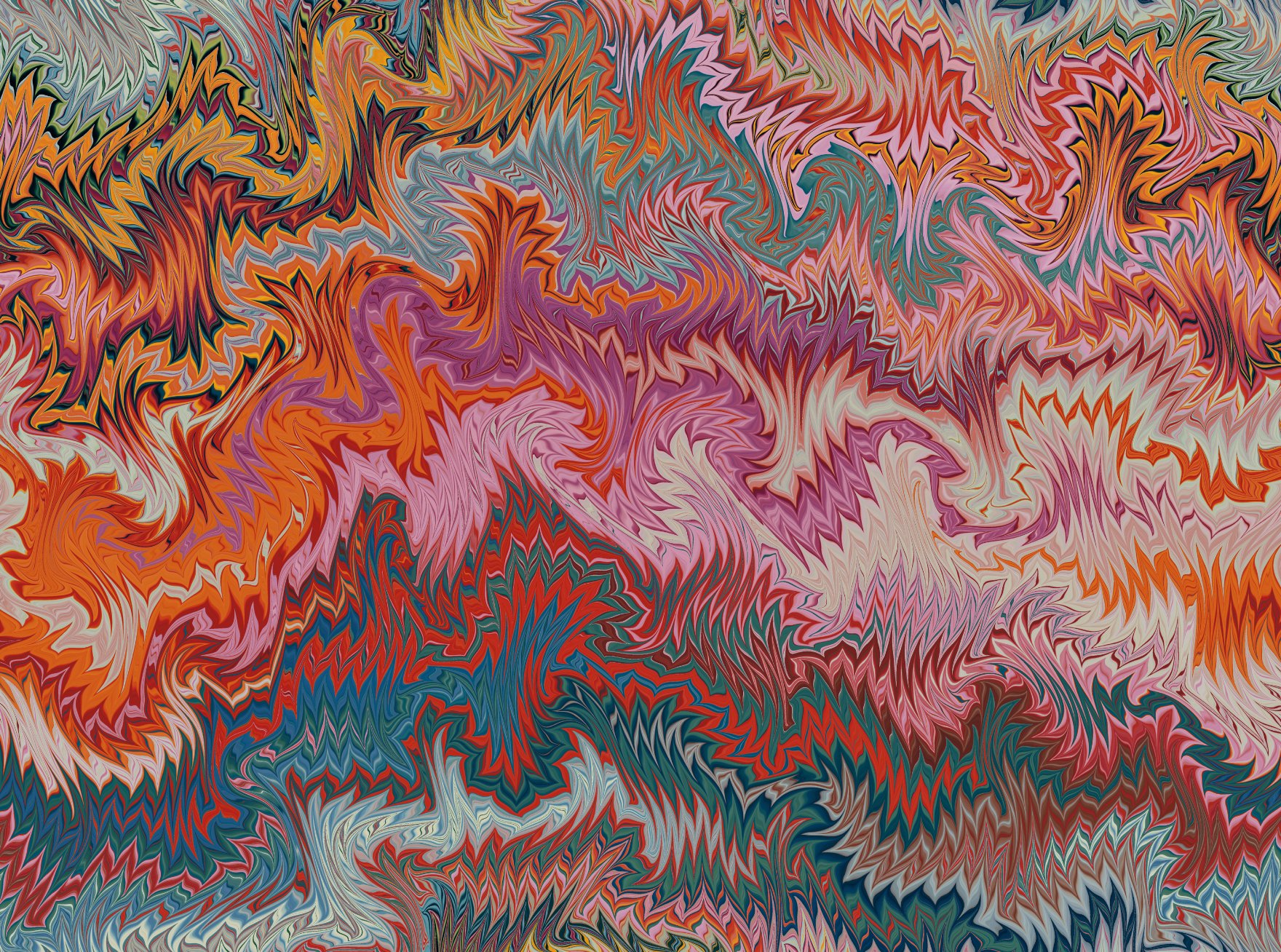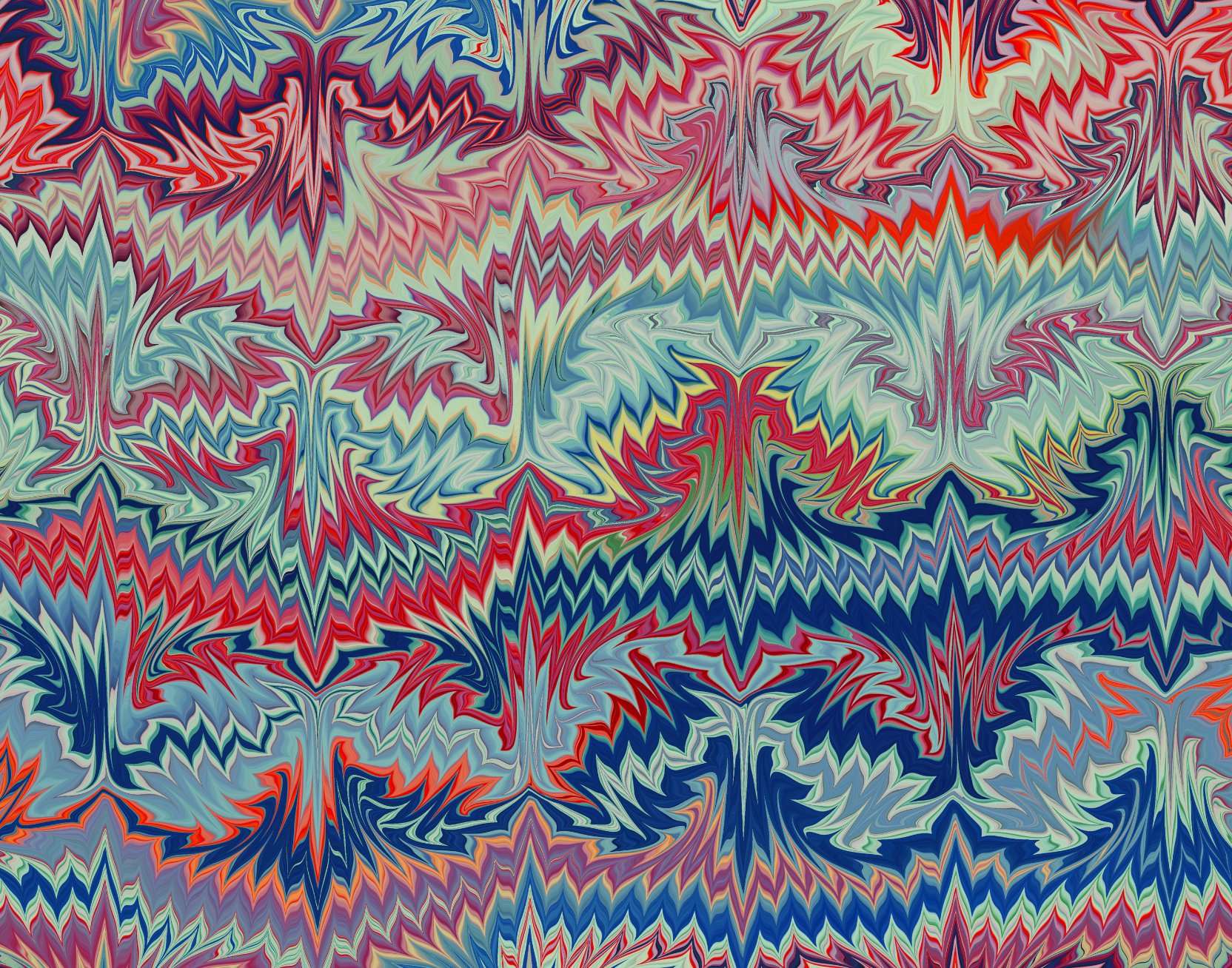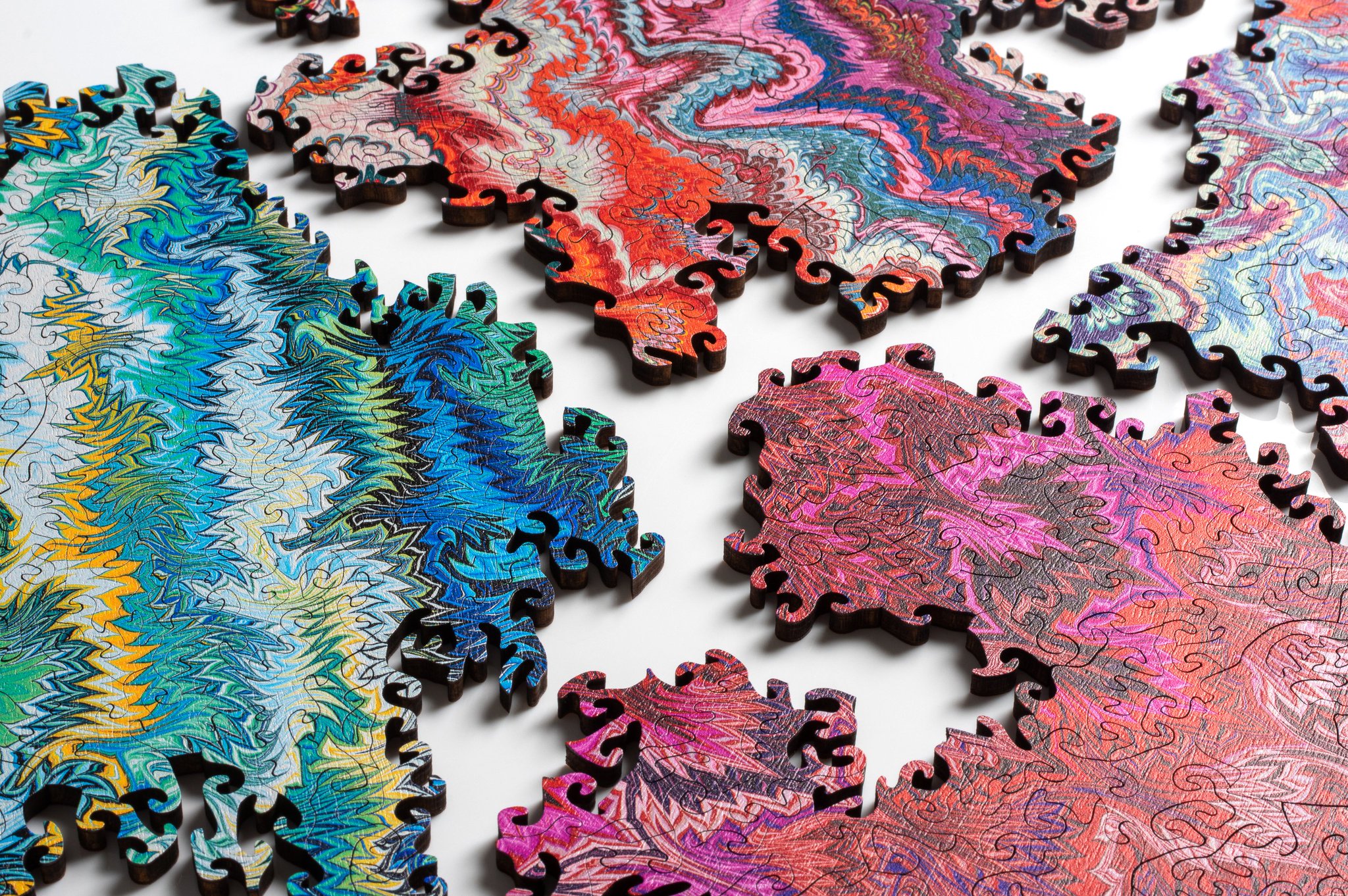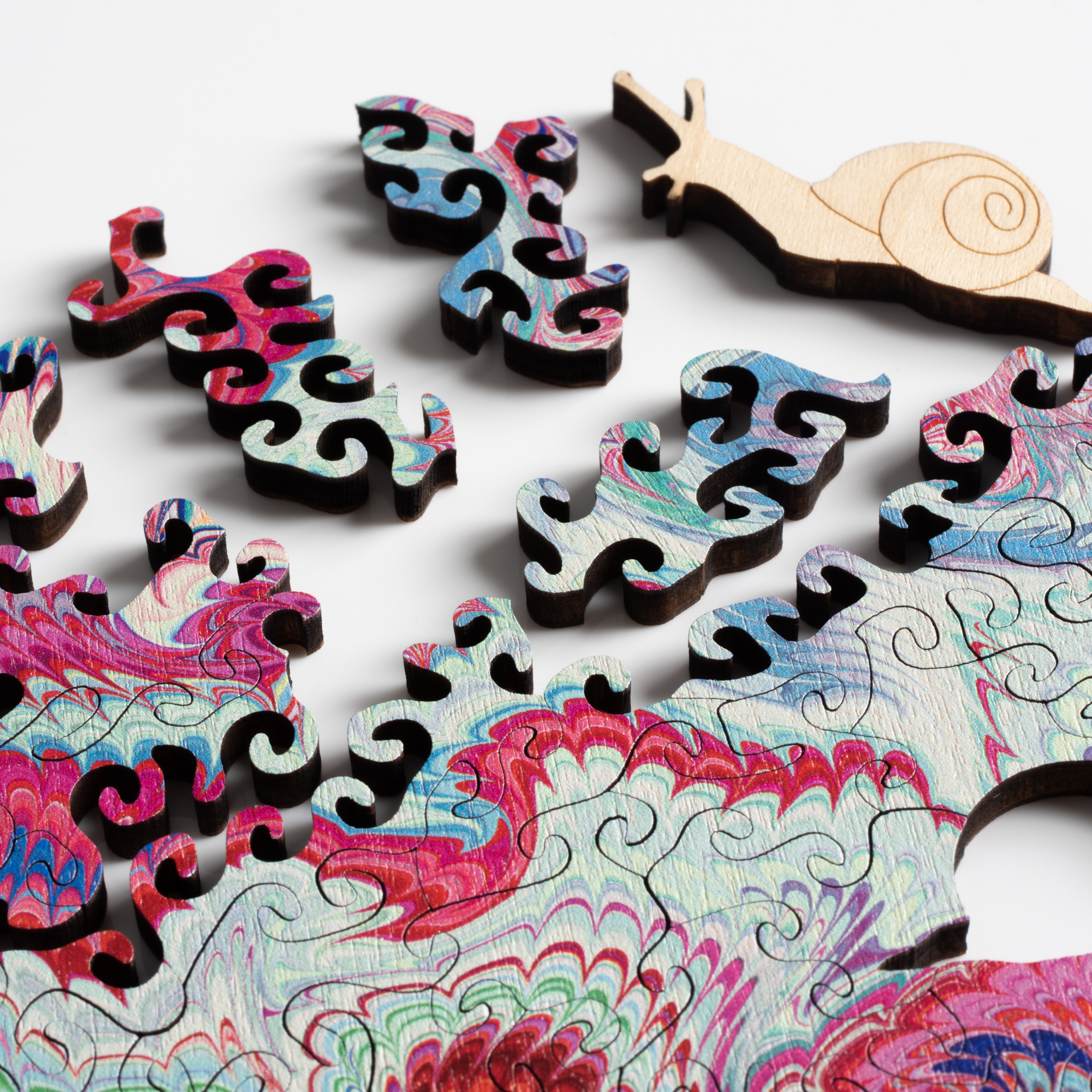Thread by Amanda Ghassaei
- Tweet
- Nov 3, 2022
- #GenerativeArt #CreativeCoding
Thread
I’ve been working on a webgl simulation inspired by the centuries-old craft of paper marbling.
Here’s a thread 🧵about the inspiration behind it, how it works, future plans, etc:
Here’s a thread 🧵about the inspiration behind it, how it works, future plans, etc:
Paper marbling is a traditional craft that uses the movement of water to create swirling patterns of ink on paper. It originated in Japan (suminagashi) and later spread to Turkey (ebru) and Europe (combed marbling).
Combed examples via Univ. of Washington digital collections:
Combed examples via Univ. of Washington digital collections:
Recently, I collaborated with @nervous_system on a marbling-inspired puzzle that features images made with my simulator.
@nervous_jessica and @nervous_jesse wrote their own custom sim to generate fluid-inspired puzzle pieces to match, more on that here:
@nervous_jessica and @nervous_jesse wrote their own custom sim to generate fluid-inspired puzzle pieces to match, more on that here:
In order to simulate paper marbling, you need to model the motion of fluids.
Marbled inks float on a viscous solution called “size.” As the size is combed, the inks warp and stretch - but the total surface area of each drop of ink stays the same.
see: www.youtube.com/watch?v=Vyga8VMWXKg
Marbled inks float on a viscous solution called “size.” As the size is combed, the inks warp and stretch - but the total surface area of each drop of ink stays the same.
see: www.youtube.com/watch?v=Vyga8VMWXKg
A useful resource on the math behind this was @Voluntocracy Aubrey Jaffer’s work on “Mathematical Marbling”:
people.csail.mit.edu/jaffer/Marbling/
A beautiful result by Jaffer below:
people.csail.mit.edu/jaffer/Marbling/
A beautiful result by Jaffer below:
I ended up combining some of the ideas from Mathematical Marbling with a real-time fluid simulation so that I could mess around with noise and other irregular velocity fields:
Several of the combing patterns we used for the infinity puzzles are brand new (as far as I know) variations on traditional marbling techniques.
Check out this bi-directional variation on the popular bouquet pattern:
(there is still lots more to explore here!)
Check out this bi-directional variation on the popular bouquet pattern:
(there is still lots more to explore here!)
A unique property of digital marbling that we leveraged in the design of the infinity puzzles is the ability to create patterns that tile perfectly in space.
It would be interesting to take this a step further with e.g. Truchet tilings, hyperbolic tilings, etc.
It would be interesting to take this a step further with e.g. Truchet tilings, hyperbolic tilings, etc.
side note: I made a lot of prints in the Japanese style of suminagashi over the course of this project to use as reference for my marbling simulation.
This is the wall directly behind my computer monitor.
This is the wall directly behind my computer monitor.
Jaffer has a nice page describing the math behind dropping ink onto the surface of water to create a “stone” marbling effect:
people.csail.mit.edu/jaffer/Marbling/Dropping-Paint
I used this as a starting point to create a suminagashi simulation:
people.csail.mit.edu/jaffer/Marbling/Dropping-Paint
I used this as a starting point to create a suminagashi simulation:
By dropping multiple drops at once, you can simulate a “stone” pattern, which is typically used as a starting point for the combed patterns I showed earlier.
One of the trickiest technical aspects of creating the marbling simulation was preserving crisp boundaries between colors in the patterns.
The general-purpose methods were too blurry (left), so I wrote a fluid solver (right) based on a 2019 paper: www.seas.upenn.edu/~ziyinq/static/files/bimocq.pdf
The general-purpose methods were too blurry (left), so I wrote a fluid solver (right) based on a 2019 paper: www.seas.upenn.edu/~ziyinq/static/files/bimocq.pdf
I'm planning to release the marbling simulator as a web app at some point in the future, but I still have work to do to clean it up and make it usable (for people other than me).
UI shown (left). I'm using a simple SVG format (right) to import new combing patterns into the app.
UI shown (left). I'm using a simple SVG format (right) to import new combing patterns into the app.
You can read more about this work in my blog post:
blog.amandaghassaei.com/2022/10/25/digital-marbling/
Also check out @nervous_system’s post for more info about how the Marbling Infinity Puzzles were designed:
n-e-r-v-o-u-s.com/blog/?p=9225
blog.amandaghassaei.com/2022/10/25/digital-marbling/
Also check out @nervous_system’s post for more info about how the Marbling Infinity Puzzles were designed:
n-e-r-v-o-u-s.com/blog/?p=9225
